Basic Rules To Create A Good Logo Design

Source: Nikoloz Narsia, Elephant Logo, Dribble, https://dribbble.com/shots/18348908-Elephant-Logo
A logo is not just a random mark but the face of a brand, encapsulating its essence and communicating its values to the world. Designing a logo that effectively serves its purpose involves more than just artistic creativity; it requires adherence to certain fundamental principles that ensure the logo not only looks professional but also performs optimally across various applications. This article outlines the basic rules of logo design, providing a guideline for creating logos that are not only visually appealing but also strategically effective.
Whether you are a budding designer or a business owner looking to understand the intricacies of what makes a logo work, these rules will help you grasp the key elements involved in crafting a design that stands the test of time. From ensuring scalability and choosing appropriate colors to reflecting the brand’s spirit and maintaining versatility, each rule is designed to guide you through the process of creating a logo that resonates with the audience and enhances brand recognition. Let's delve into these principles to understand how they contribute to the success of a logo.
Be Memorable
Creating a memorable logo is a fundamental rule in effective logo design. A logo that captures attention and sticks in the mind enhances brand recall and recognition. To achieve this, focus on uniqueness and relevance. The design should stand out from competitors while clearly conveying the brand's essence. Utilize distinctive graphic elements or symbolism that resonates with the brand's identity and mission. The choice of colors and shapes should not only attract the eye but also evoke the intended emotional response from the target audience.
Incorporating an element of surprise or a clever twist can also make a logo more memorable. This could be a hidden letter or a dual-meaning image that engages viewers, inviting them to take a second look. Remember, the goal is to create a logo that not only catches the viewer's eye but also leaves a lasting impression that makes your brand instantly recognizable.
Ensure Versatility
Versatility is a critical aspect of modern logo design, ensuring that a logo performs well across various mediums and applications. A versatile logo maintains its integrity and effectiveness whether it appears on a tiny smartphone screen, a large billboard, or embroidered on merchandise. To ensure versatility, start with a simple, clean design that is scalable without losing detail. Avoid overly complex graphics that may become indecipherable when reduced. Consider how the logo will look in different contexts, such as black and white or grayscale, and ensure it is legible in all formats.
The use of vector graphics is advisable as they maintain clarity at any size. Test the logo in multiple environments to confirm that it remains effective and communicates the brand’s message universally. Planning for versatility from the outset will save time and resources, and make your logo a powerful ambassador for the brand across all platforms.
Appropriate Color Choices
Choosing the right colors for a logo is more than just a matter of aesthetics; it’s about communicating the right message. Colors play a pivotal role in perception and can significantly influence branding effectiveness. Each color has psychological implications that can impact how a brand is perceived. For instance, blue often conveys reliability and trustworthiness, making it a favorite in corporate and financial sectors. Green is associated with health and sustainability, ideal for eco-friendly brands. Bright colors like red or yellow can capture attention and evoke energy and excitement, suitable for brands looking to stand out and convey passion or happiness.
When selecting colors for a logo, consider the brand’s values, the emotions you wish to evoke, and the psychological impact of different hues. It’s also crucial to ensure that the colors chosen are distinct enough to differentiate the brand from its competitors. Furthermore, consider how these colors will look across various media and whether they remain effective when printed in non-color (black and white) formats. The goal is to choose a palette that is versatile, supports the brand’s messaging, and enhances overall recognition.

Source: VASK® Studio, Seventy® Studios, Dribble https://dribbble.com/shots/18906485-Seventy-Studios
Timelessness
Designing a timeless logo means creating a visual identity that can endure trends and resonate with audiences for years to come. A timeless logo avoids the pitfalls of trendy designs that might look dated after a few years. Instead, it embraces simplicity and focuses on fundamental design principles that do not wear out. To achieve timelessness, prioritize simplicity and functionality over complexity. A clean and straightforward design is more likely to remain effective and relevant, irrespective of changing fashion or industry trends.
Moreover, a timeless logo should align closely with the brand’s core values and identity, which are less likely to change over time than marketing strategies or visual preferences. By avoiding gimmicks and transient design fads, you ensure that the logo remains applicable and recognizable regardless of the era. Consider logos of long-standing companies, which often feature simple yet bold designs that communicate the brand's essence without unnecessary embellishments. Emphasizing balance, proportion, and adaptability in the design process will contribute to a logo’s longevity, making it a lasting symbol of the brand’s identity.
Reflect the Brand’s Spirit
A logo is much more than just a graphic; it is a distillation of a brand’s identity and should encapsulate the spirit of the company it represents. To reflect a brand's spirit in logo design, start by understanding the brand’s core values, mission, and target audience. This foundational knowledge directs the creative process, influencing everything from shape and color to typography. For example, a brand that values innovation might lean towards a modern, cutting-edge design, while a company proud of its heritage might opt for a logo with traditional elements that evoke history and trust.
Incorporating the brand's story into the logo can also enhance its meaning and connection with the audience. This might involve subtle cues, like the use of a particular symbol that has significance to the brand’s history or the integration of design elements that reflect key aspects of the brand’s function or philosophy. The aim is to create a logo that communicates at a glance the essence of what the brand stands for, making it instantly recognizable to consumers and helping to differentiate it from competitors.
Scalability Is Crucial
Scalability is an essential consideration in logo design, ensuring that the logo maintains its effectiveness and clarity across all sizes and applications. A scalable logo is one that can be adapted to both large and small scales, from giant billboards to tiny digital icons, without losing detail or readability. This adaptability is crucial for the consistency of brand identity across various media.
To create a scalable logo, focus on simplicity and clarity in design. Avoid overly intricate details that might get lost or look cluttered when the logo is reduced to smaller sizes. Use clean, bold lines and shapes that are easily recognizable from a distance and in miniature forms. It’s also important to test the logo in various sizes during the design process to ensure that it remains legible and visually appealing at every scale.
Vector graphics are typically recommended for logos because they use mathematical equations to define shapes, allowing the logo to be scaled up or down without any loss of quality. Always consider how the logo will appear in different contexts, such as on mobile devices, web pages, printed materials, and merchandise, to ensure it functions well in both physical and digital formats.
Typography Matters
In logo design, typography isn't just about choosing a font; it's a critical component that can significantly affect a brand's identity. A well-chosen typeface enhances the logo's clarity and readability while also conveying the brand’s personality. When selecting typography for a logo, consider the message you want to communicate. Serif fonts, for instance, are often associated with tradition and reliability, making them suitable for brands that wish to project an image of respectability and authority. Sans-serif fonts, on the other hand, tend to convey a sense of modernity and approachability, perfect for contemporary brands looking to appeal to a broad audience.
Custom typefaces are particularly valuable as they offer exclusivity and distinctiveness, setting a logo apart from competitors. When integrating typography into logo design, it’s essential to ensure that the text is legible at various sizes and complements other design elements. The alignment, spacing, and scale of letters should be carefully balanced to maintain cohesiveness and enhance the overall impact of the logo. Remember, the right typography can make a significant difference in how a brand is perceived and can either elevate or undermine the logo’s effectiveness.

Source: Kyle Anthony Miller, Logos, Dribble, https://dribbble.com/shots/19229237-Logos
Balance and Proportion
Achieving balance and proportion in logo design is essential for creating a visually pleasing and effective logo. Balance involves arranging elements so that no single part of the logo overpowers the others, maintaining a sense of stability and harmony. This can be accomplished through symmetrical or asymmetrical design, depending on the brand's style and the message it wishes to convey. Symmetrical logos are often seen as more formal and stable, suitable for corporate entities, while asymmetrical logos can convey dynamism and innovation, ideal for modern brands.
Proportion refers to the relative size and scale of the various elements within a logo. Proper proportion ensures that each part of the logo is sized appropriately in relation to the other elements, enhancing the overall coherence and impact of the design. It's important to consider how different shapes and components interact with each other, as well as their visual weight and placement within the logo.
Attention to these principles ensures that a logo is not only aesthetically appealing but also functionally effective, conveying the intended message and values of the brand. A well-balanced and proportioned logo is more likely to be memorable and can significantly boost brand recognition.
Target Audience Relevance
Understanding and appealing to the target audience is crucial in logo design. A well-crafted logo speaks directly to the demographic that a brand aims to attract, resonating with their values, needs, and preferences. This alignment can significantly enhance the effectiveness of the brand's communication and overall market success. When designing a logo, it is essential to conduct thorough research on the target audience, including their age, gender, culture, and interests. This knowledge informs the design process, guiding the choice of colors, shapes, and typography that will appeal most to that audience.
For instance, younger demographics might resonate with vibrant colors and modern typography, while older groups might prefer more subdued hues and traditional fonts. Similarly, a tech company would benefit from a sleek, minimalist logo that conveys innovation and efficiency, whereas a children’s brand might opt for a playful and colorful design. Ensuring that the logo reflects the preferences and expectations of the intended audience not only increases brand attractiveness but also aids in building trust and loyalty.
Consistency in Branding
Consistency in branding, particularly in logo design, is vital for building a strong and recognizable brand identity. A consistent logo helps to reinforce brand recognition and ensures that the brand is immediately identifiable across various platforms and contexts. This consistency should encompass all elements of the logo, including color schemes, fonts, and overall style, which should align with the wider brand identity.
A consistent logo acts as a reliable symbol for the brand, creating a sense of familiarity and reliability among consumers. It should appear the same whether it is on a website, business card, product packaging, or any other marketing material. This uniformity helps to establish a cohesive brand experience that can significantly enhance customer loyalty and trust.
Moreover, consistency in logo design extends beyond visual elements; it also involves the consistent application of the logo in all forms of communication, ensuring that it is not altered or misrepresented in different contexts. For example, a logo's proportions and colors should remain unchanged whether it is displayed in digital media or print. Maintaining this consistency requires clear guidelines on logo usage and regular monitoring to ensure adherence to these standards.
Conclusion
Mastering the basic rules of logo design is essential for creating a visual identity that not only looks professional but also performs effectively across various platforms. By focusing on simplicity, memorability, versatility, and audience relevance, designers can craft logos that truly represent a brand’s identity and resonate with its target audience. Consistency in design and adherence to these principles ensures that a logo will not only attract attention but also build a lasting connection with consumers. Ultimately, a well-designed logo is a crucial tool in establishing a strong and enduring brand presence.
Let Us Know What You Think!
Every information you read here are written and curated by Kreafolk's team, carefully pieced together with our creative community in mind. Did you enjoy our contents? Leave a comment below and share your thoughts. Cheers to more creative articles and inspirations!

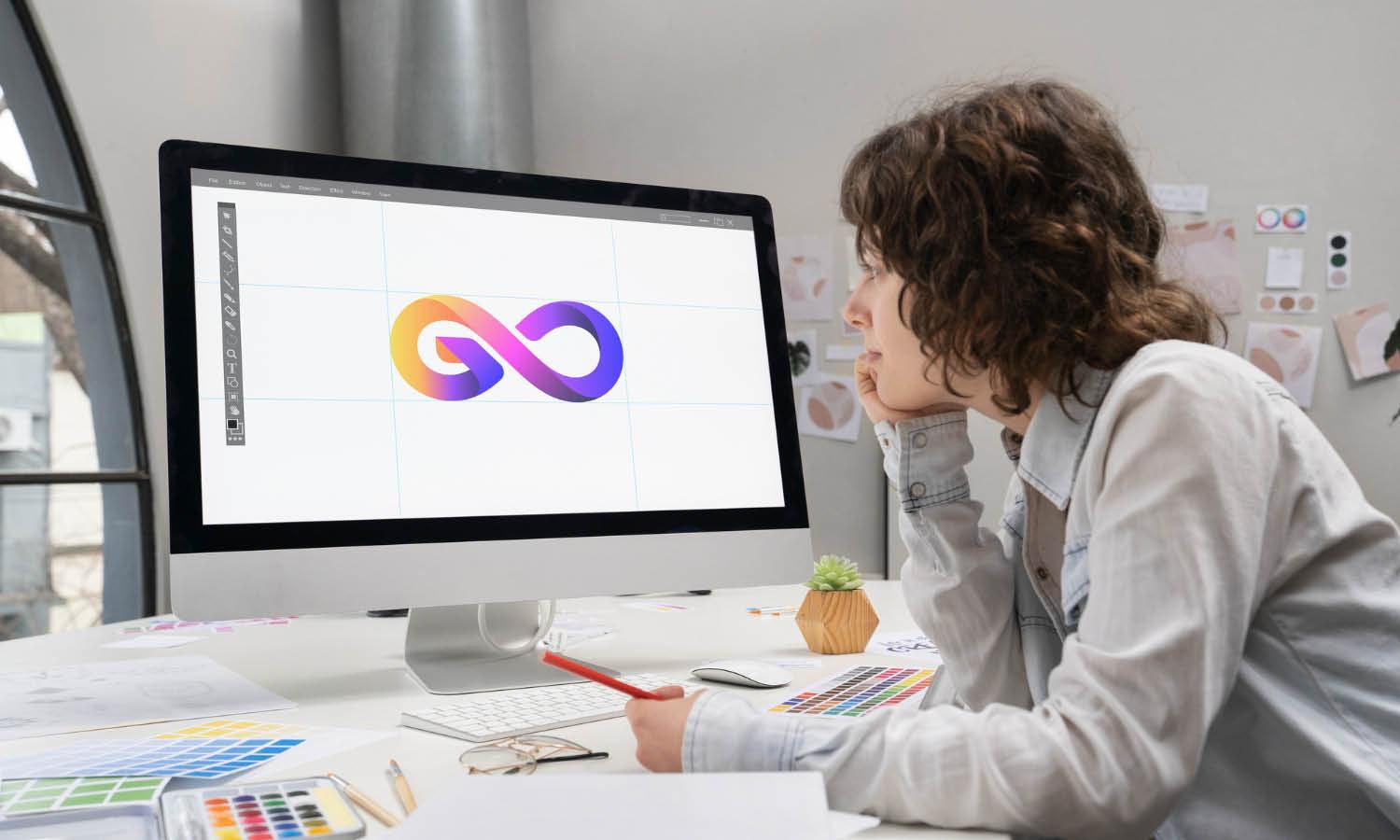
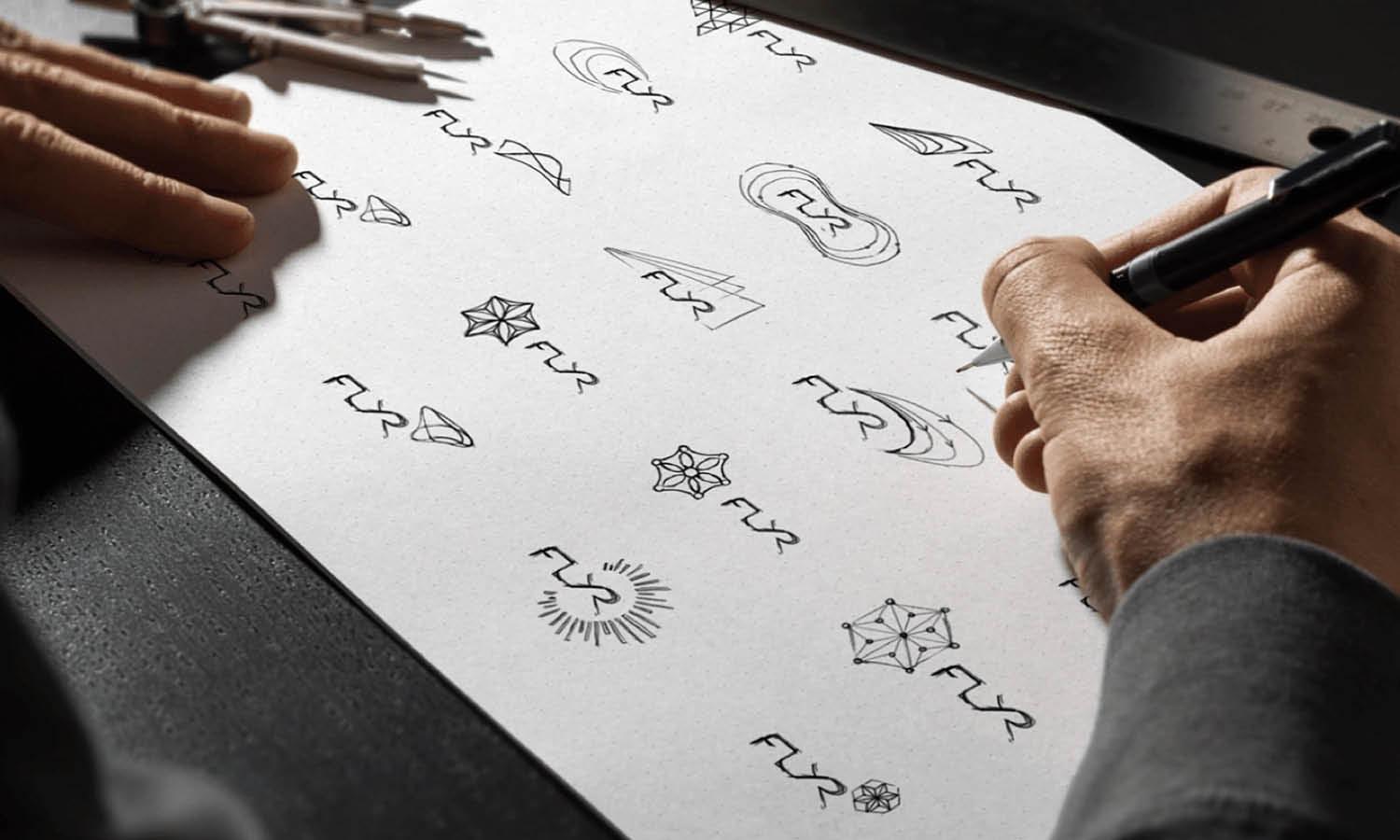
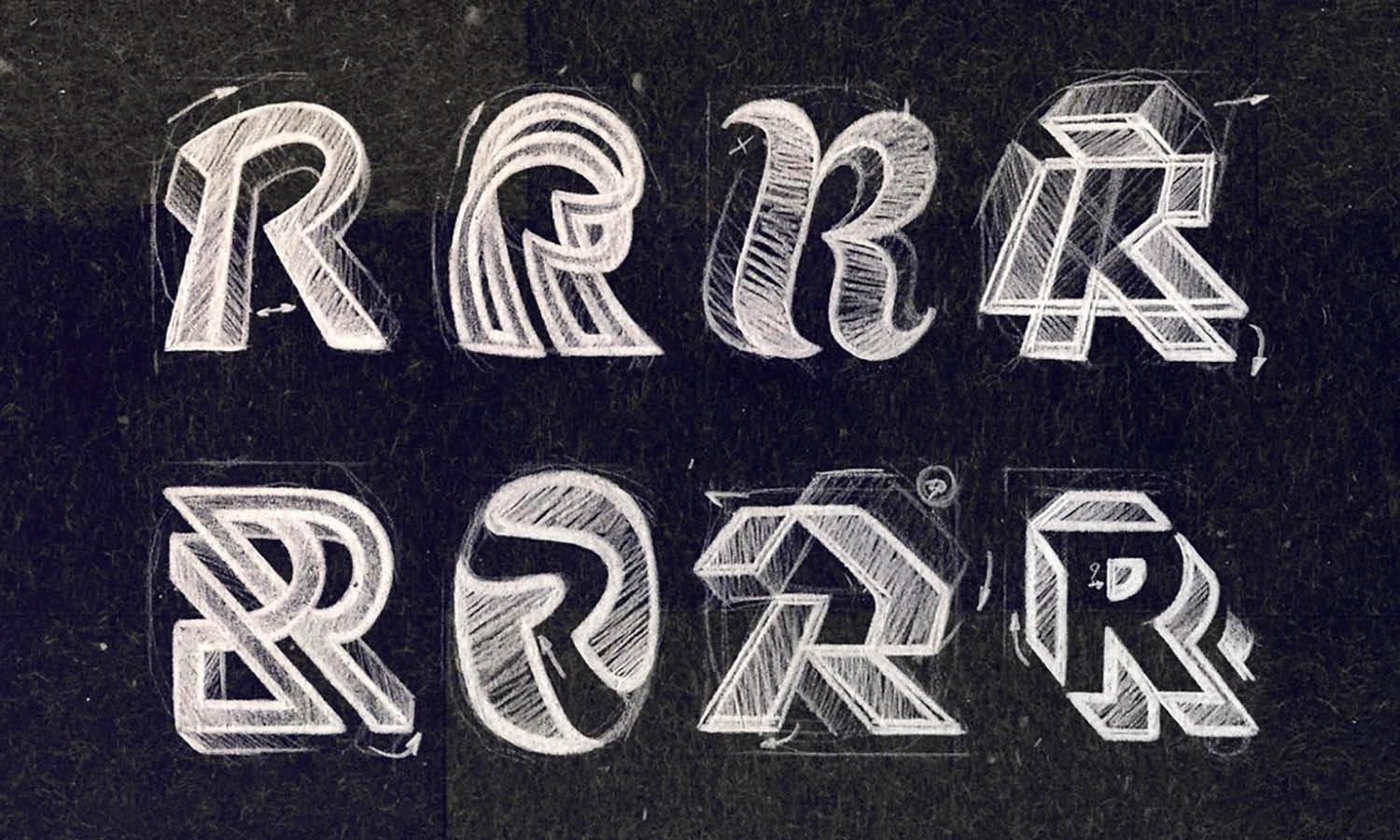
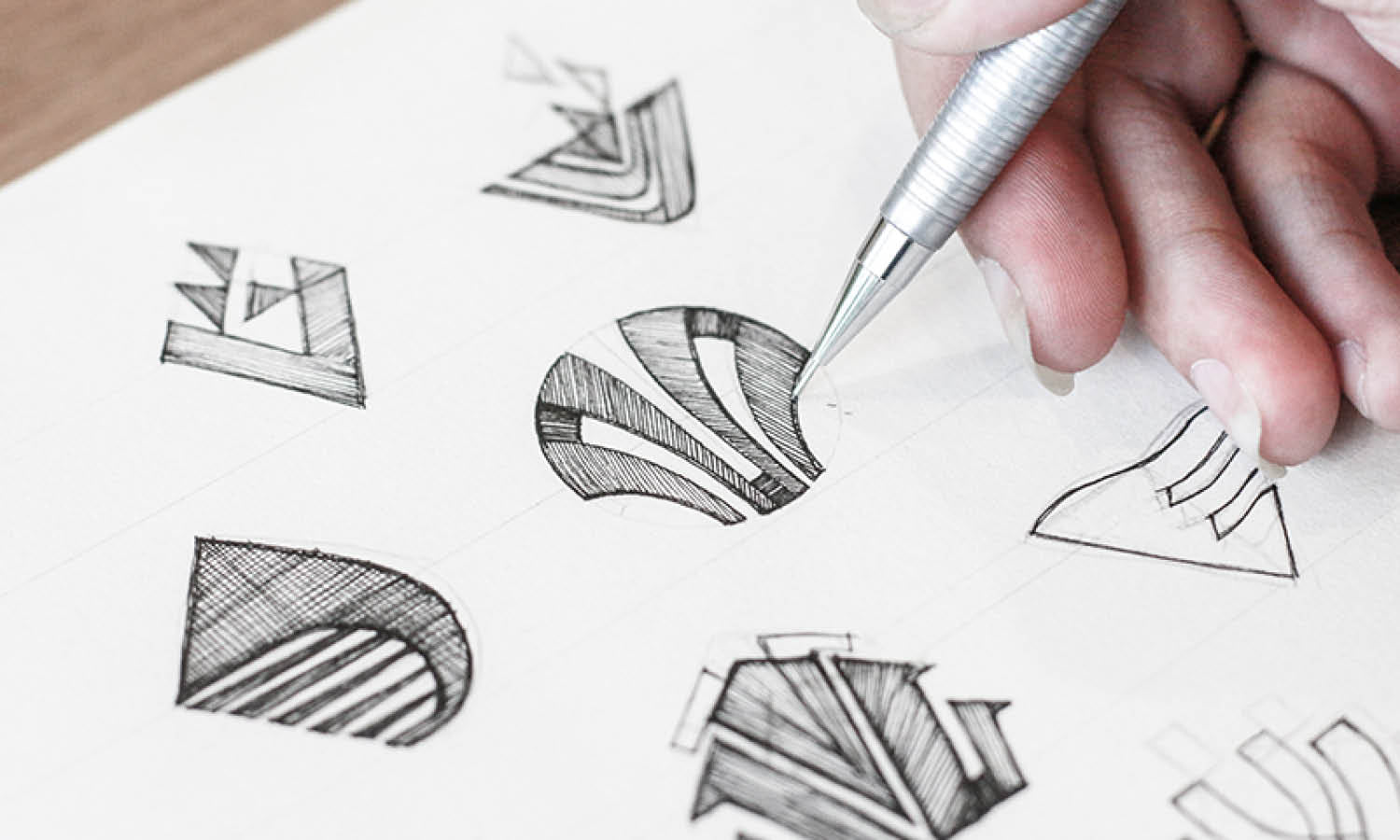
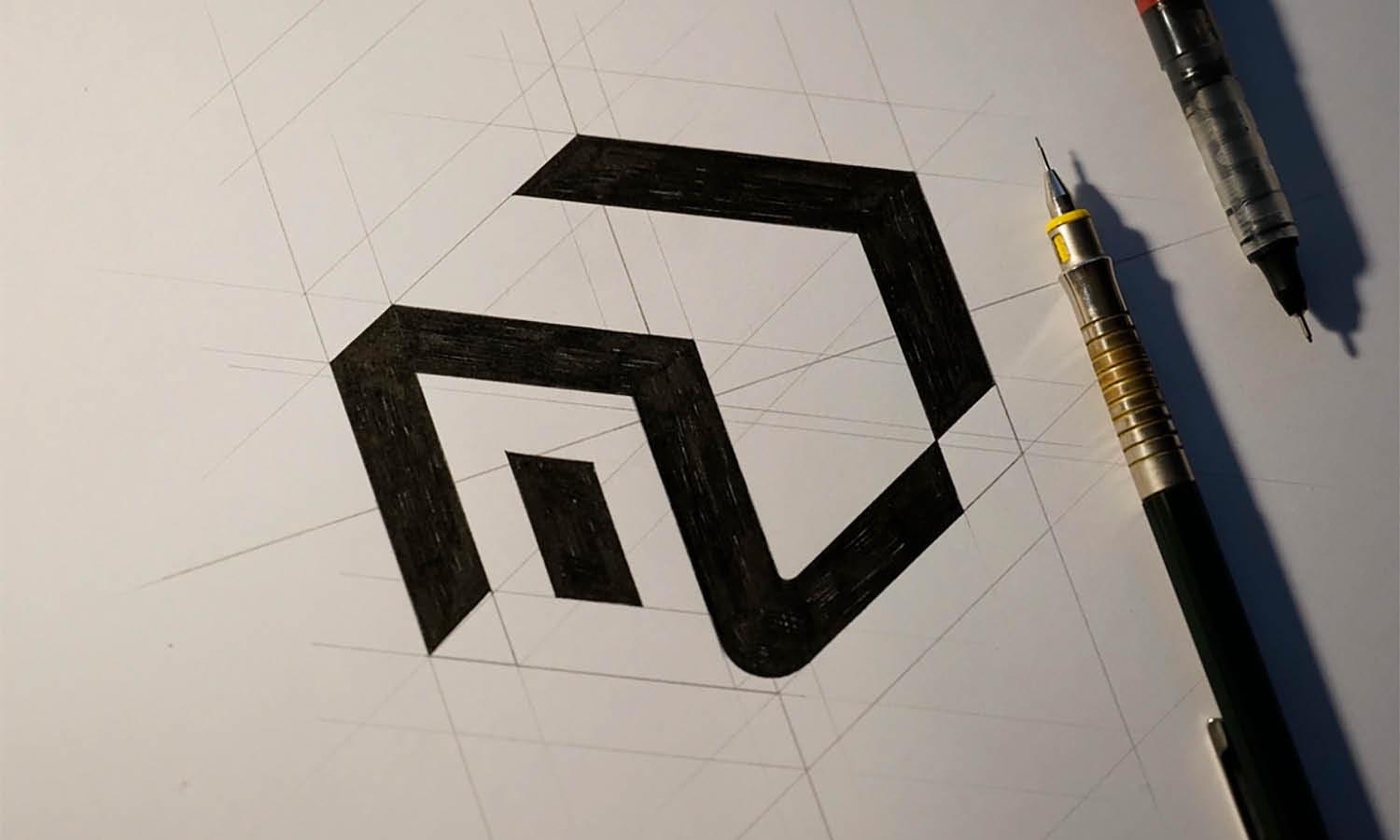

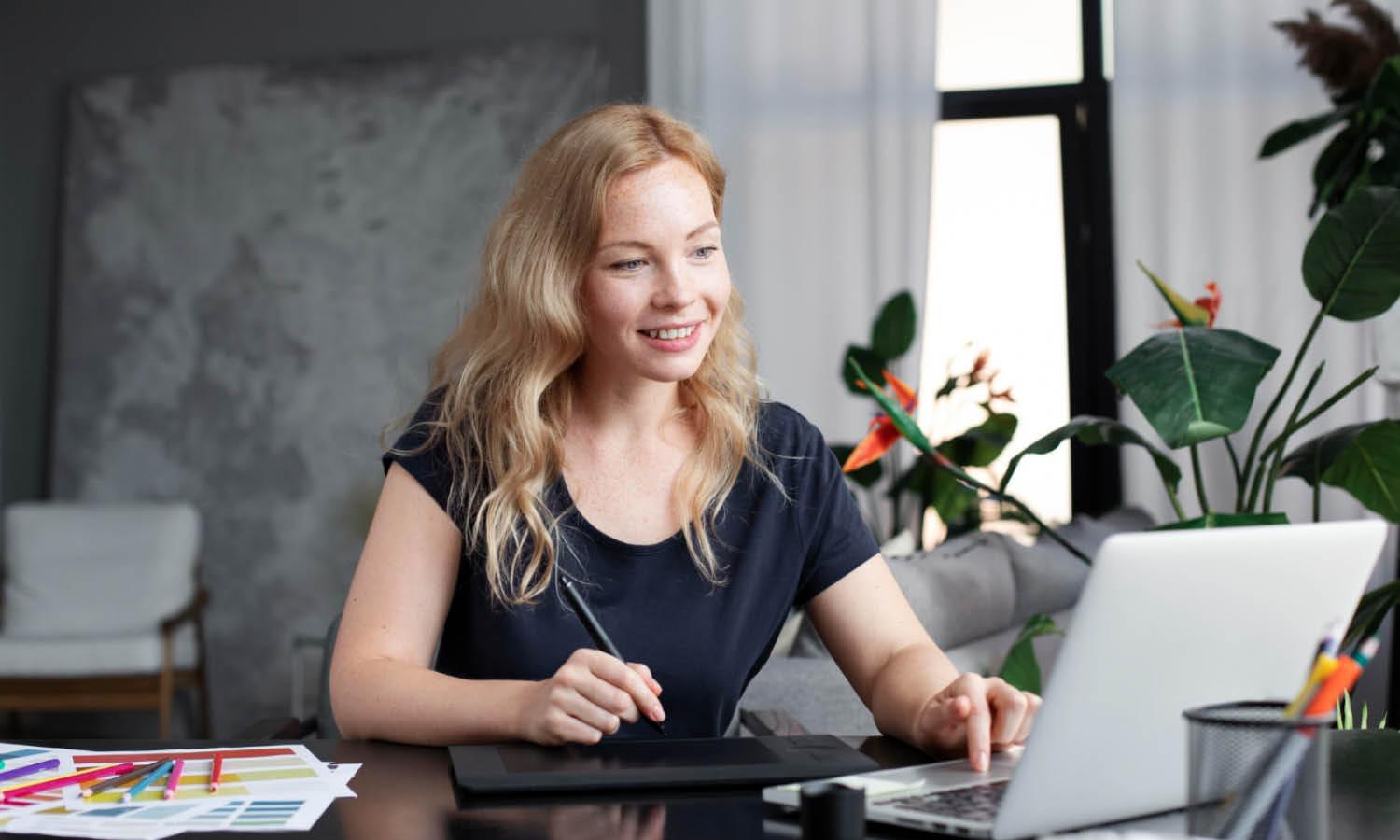








Leave a Comment